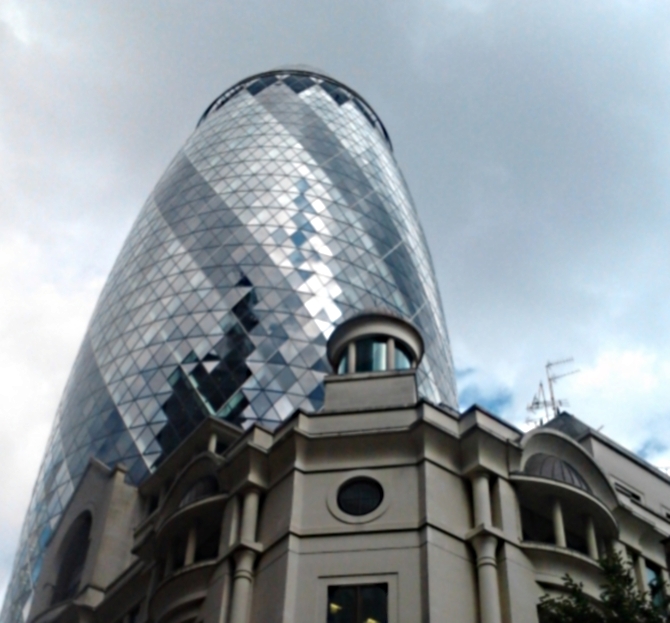The Gherkin is a landmark on the London skyline and one of the most significant commercial developments in the City. Now the architect behind the building, Ken Shuttleworth, has set his sights on rejuvenating Britain’s ailing high streets.

Mr Shuttleworth joins a flurry of experts, including Mary Portas and Bill Grimsey, in submitting a report to the Government outlining proposals which he believes could go a long way in reigniting consumer interest in town centres.
He believes that, rather than focusing on propping up struggling retailers, policy makers should be attempting to encourage a diverse range of businesses to take up empty space on the High Street in order to raise footfall.
The report was written by the Future Spaces Foundation; a group of architects, property and social experts and economists founded by Mr Shuttleworth to examine the “identity crisis” he claims the High Street is currently suffering from.
It claims that, as a result of the growing prevalence of online shopping in the retail industry, high streets are “losing their purpose” and must be intrinsically altered in order to remain relevant in 21st century Britain.
Mr Shuttleworth says; “We hope these findings will be a wake-up call for policy makers and commentators to finally accept that we need to think creatively when approaching the problems on our high streets.
“Without a significant shift in perspective, we are in danger of losing these spaces and seeing our town centres as we know them disappear forever.”
While the report recognises that retailers play an important part on the High Street, it differs from previous investigations, such as the Portas Review and the Grimsey Report, in that it does not believe the future of town centres revolve around the retail industry.
Instead, it claims that technological innovations such as 3D printing and the resurgence of micro-breweries have meant that smaller high street commercial properties would make ideal bases for SMEs seeking affordable premises.
As such, the report’s authors have also called for a relaxation of the Use Classes Order – something they believe would attract a more diverse range of businesses to consider locating to the High Street. In turn, this would tackle the issue of vacancy rates and make it easier for business owners to acquire commercial property in areas of high demand.
Foundation member and director of retail at Savills, Sean Gillies, says; “Most high streets are covered by the Use Classes Order, which was brought in in the 1980s to stop proliferation of financial services, insurance companies and banks expanding into the high street.
“However, this planning framework doesn’t work for today’s high street.
“By relaxing the Use Classes Order we would make it a lot easier to attract a diverse range of retailers back to the high street.”
Previous Post
Celebrities join Battle to Save Historic East End Pub